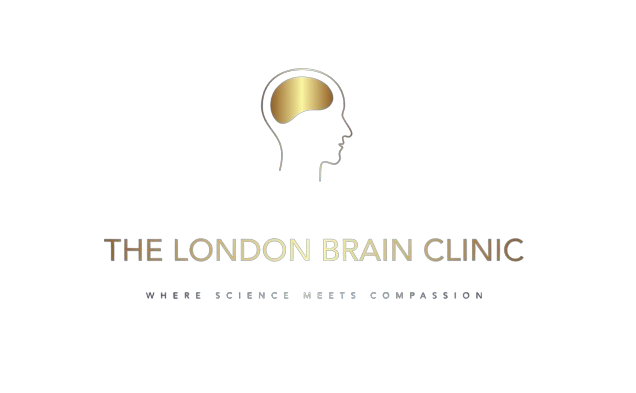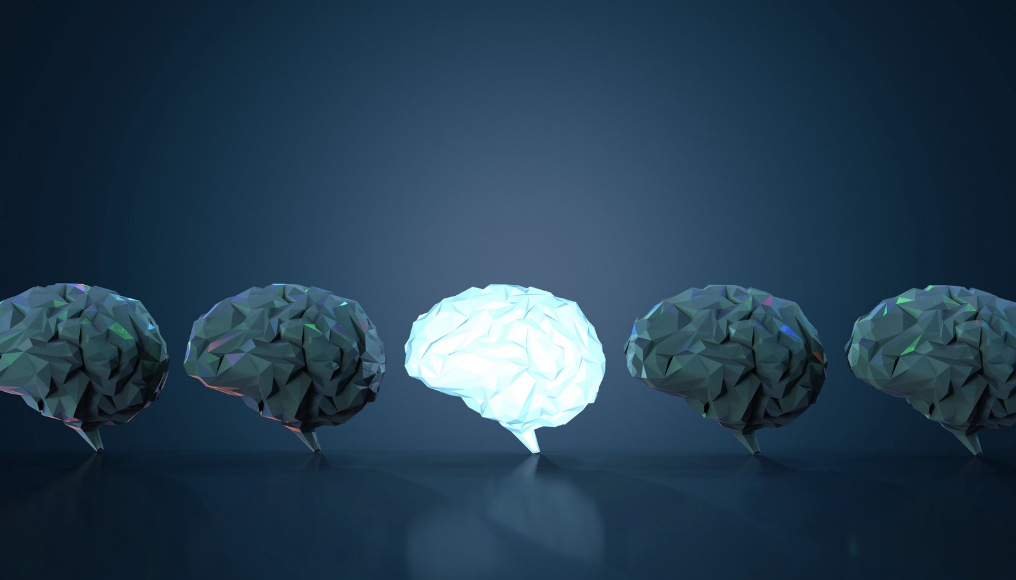What is the Neuroscience behind the overlap between Pain and Anxiety?
One theory is that pain and anxiety share common neural pathways in the brain. The brain’s limbic system, which is responsible for processing emotions, is also involved in processing pain. When someone experiences pain, the limbic system can activate the body’s stress response, leading to feelings of anxiety.
Moreover, chronic pain can lead to changes in the structure and function of the brain. For example, studies have shown that chronic pain can result in reduced gray matter volume in brain regions involved in emotional regulation and pain modulation (Smallwood et al, 2013).
Anxiety can also have a similar effect on the brain. Chronic anxiety can result in changes to brain structure and function, such as alterations in the amygdala, the brain region responsible for processing fear and anxiety.
Which one comes first?
The answer is not straightforward. They can develop independently, but they are also closely interconnected. Studies show that anxiety disorders are more common in individuals with chronic pain, and chronic pain is more prevalent in people with anxiety disorders.
The constant experience of pain can lead to changes in brain chemistry that contribute to affective disorders. On the other hand, anxiety can also contribute to the development and perpetuation of chronic pain. Anxiety can increase muscle tension and cause hyperventilation, which can exacerbate pain. Anxiety can also cause changes in the way the brain processes pain signals, making them more intense and prolonged.
I am worried and in pain- What Shall I do?
It’s essential to understand that pain and anxiety are complex conditions that often require a multidisciplinary approach to treatment. Psychologists can play a crucial role in treating both conditions by using evidence-based interventions that address the cognitive, emotional, and behavioral factors.
If you’re experiencing chronic pain and anxiety, seeking help from a holistic brain health clinic can be a good option. The clinic can provide a range of treatments, including cognitive-behavioral therapy, biofeedback, mindfulness-based stress reduction, and medication management. These approaches can help reduce pain and anxiety, improve quality of life, and enhance overall well-being.
What is our approach to treating Pain and Anxiety?
In our holistic brain health clinic, the patient pathway for someone experiencing anxious feelings together with pain typically begins with an initial consultation with a clinician or therapist. During this consultation, the clinician will conduct a comprehensive assessment to better understand the patient’s pain and anxiety symptoms, medical history, and any other relevant factors that could be contributing to their condition.
Following the initial assessment, the clinician will work with the patient to develop an individualized treatment plan that takes a holistic approach to addressing a patient’s pain-related worries. This may include a combination of therapies such as cognitive-behavioral therapy (CBT), mindfulness-based stress reduction (MBSR), biofeedback, and medication management.
Throughout the treatment process, the patient will be closely monitored and reassessed to determine the effectiveness of the interventions and adjust the treatment plan as needed. The ultimate goal of this patient pathway is to help individuals manage their symptoms in a way that improves their overall quality of life and promotes long-term wellness.
Read more about the overlap between pain and emotional difficulties here.

